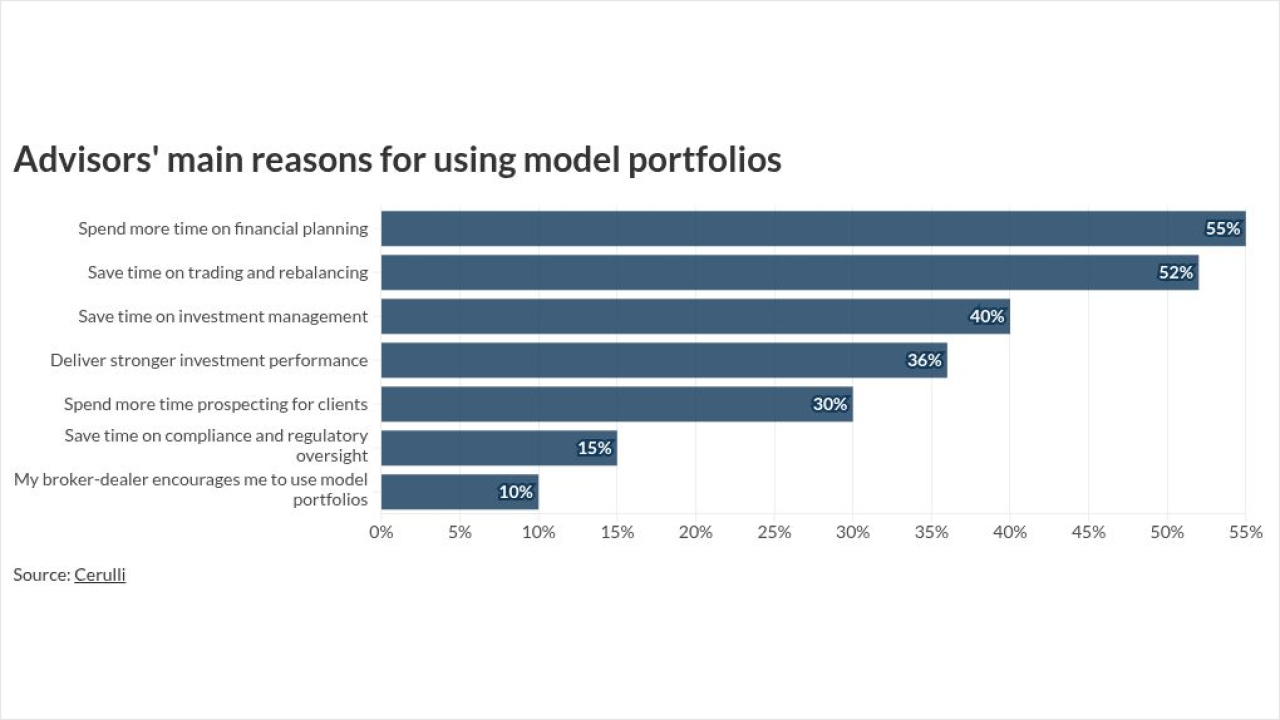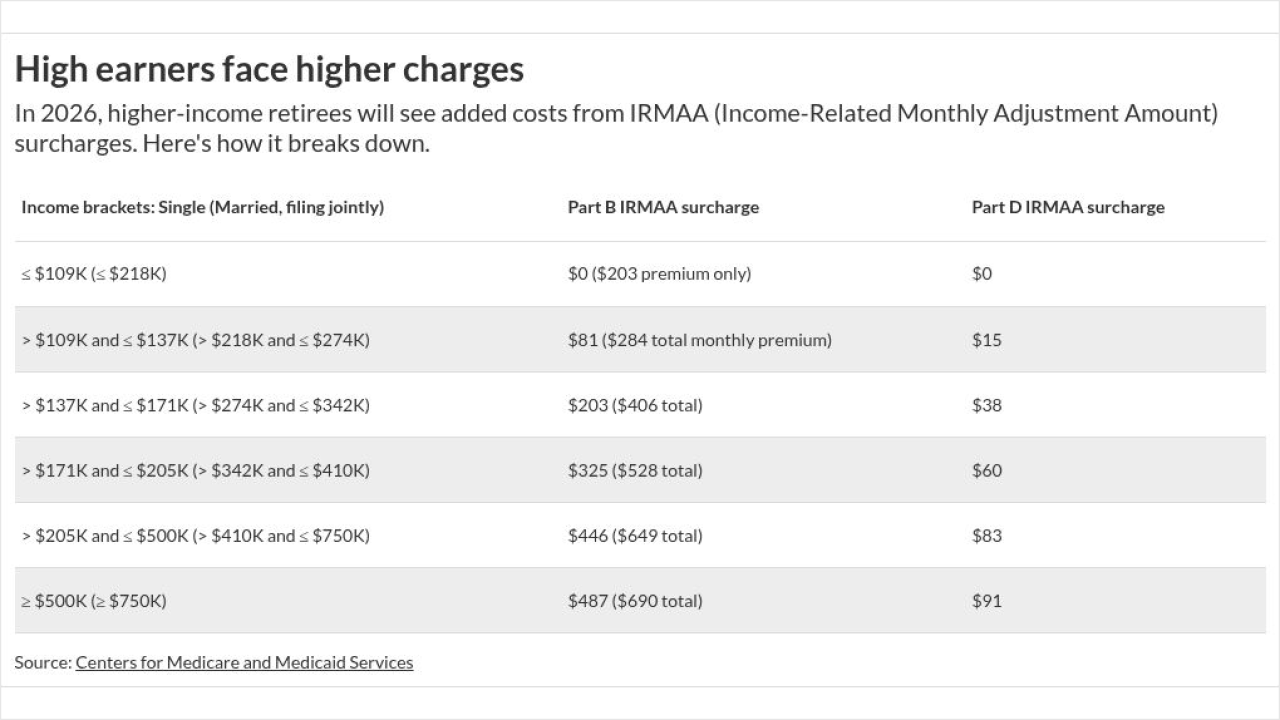Our weekly roundup of tax-related investment strategies and news your clients may be thinking about.
Contribution limits for 401(k)s will remain unchanged as the Republican Party presented their tax bill proposal with no provisions to lower the amount participants can contribute, CNBC reports.

The limits will remain at $18,000. Those over the age of 50 will be able to save as much as $24,000. "Congress is clearly only caring about paying for taxes for people at the top, and I really wish they were focused on the retirement crisis," an expert says.
Partnerships of robotic-based advisory services and ETFs are becoming increasingly popular among investors, according to the Street. "Robo-advisors typically use ETFs to create a group of diversified, risk-adjusted portfolios for their clients," an expert says. "The benefits of ETFs are that they allow for broad-based investment exposure to a 'basket' of stocks or bonds in a particular sector or asset class minimizing the risk associated with single stock portfolio design."
Taking a required minimum distribution from a tax-deferred retirement account is a taxable event and the RMD amount could lead to a hefty tax bill, according to a contributing advisor at Kiplinger. To avoid this scenario, clients should consider drawing down on their traditional IRAs and convert some of the assets into a Roth before they turn 70 1/2. Retirees who are still working have the option of transferring some of the funds to an employer-sponsored plan. Those who don't need of the RMD money may consider donating it directly to a charity to avoid taxes.
-
A quick look inside the proposed Tax Cuts and Jobs Act.
November 3 -
Such a nominal bump may seem like the cost of doing business — but it raises hard questions about the board’s intentions and practices.
November 2 -
The House GOP bill would limit the deductibility of property taxes to $10,000 annually.
November 2
An HSA could mean a long-term opportunity for advisors and their clients, according to Morningstar. HSAs offer "a trifecta of advantages" that make them attractive to investors, such as pretax contributions and tax-free investment growth. These accounts also offer tax-exempt withdrawals for qualified medical expenses, making them tax-efficient to cover these costs.





